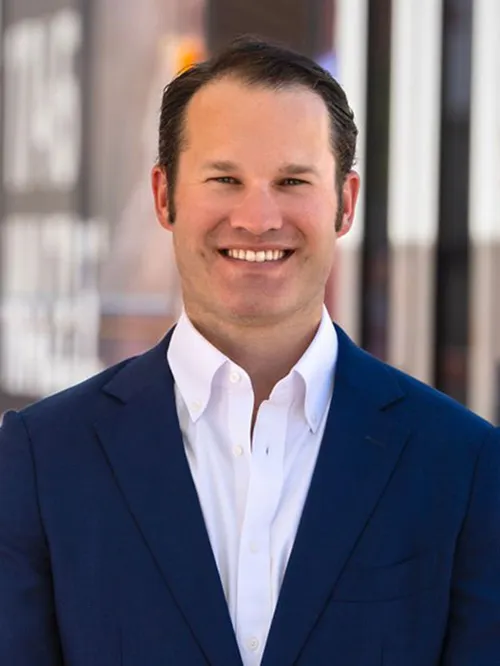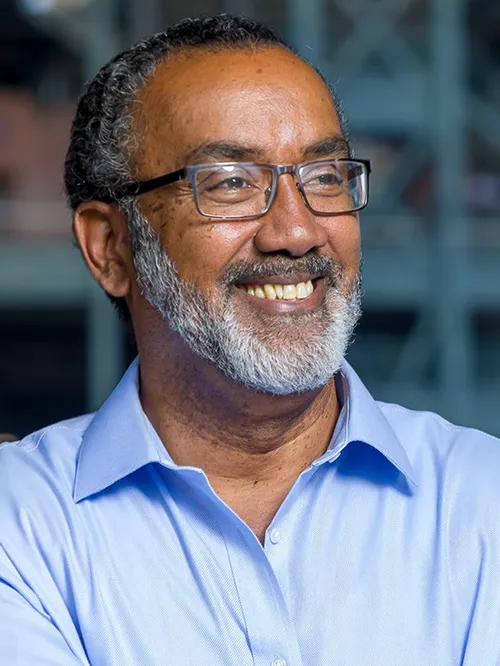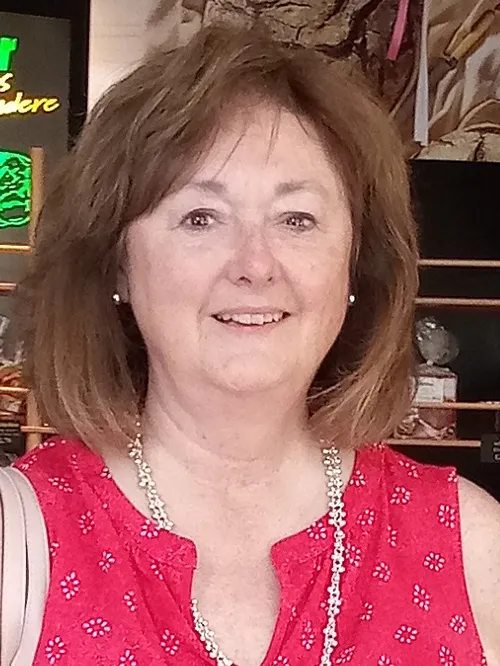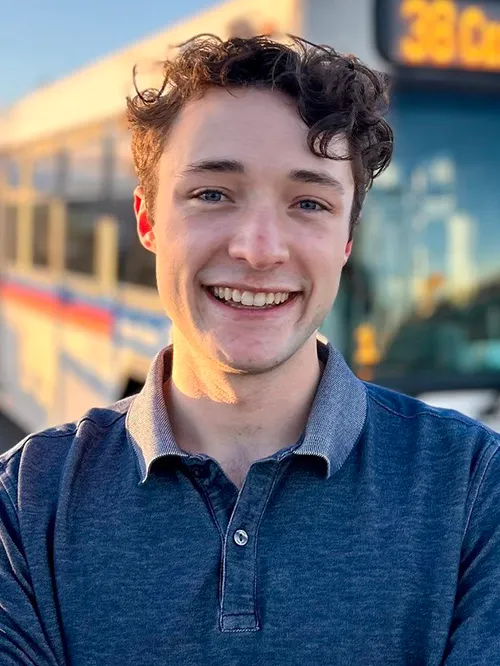






RTD is at a critical moment in its history. Declining ridership, growing distrust, and changing needs demand a new approach to governance that treats these challenges as the crisis that they are. Together, the undersigned seven RTD candidates are speaking out to demonstrate our shared commitment to make RTD a safe, reliable, and trusted transit system.
The role of the board is to set the direction for the agency: to hire the CEO and review their performance, set the budget, set policies, and serve as fiduciary on behalf of the taxpayers. In this role, we believe articulating a set of solutions we support helps inform the public about the direction in which we want to take the agency.
We believe that RTD has significant potential: hundreds of thousands of Coloradans use RTD every month and some routes receive strong ridership. The challenge facing RTD is how to offer a high-quality service that meets the needs of more people, more often, and more reliably than it does today.
Here’s how we plan to do that:
Quality End to End
RTD must change. To deliver truly great service, RTD has to start from the customer experience and work backward to its operations. Customers do not care if RTD gets it 90% right; a failure of any part of the customer experience is enough to drive them away from transit permanently. Here’s what RTD can do:
Measure every aspect of the customer experience. Meet with customers and potential customers and staff to understand their experiences with and perceptions of the system, evaluate every aspect of the RTD experience, and determine where, from the customer’s perspective, it is doing well or falling short. Measurement will give the board and management a clear roadmap on where to focus their efforts beyond the obvious.
First-rate comfort. Transit agencies around the world offer a high-quality experience to their customers; RTD must do so as well. Riders want an experience that is clean, friendly, accessible, and inviting, where everyone feels comfortable and safe. RTD can measure this using its apps and email surveys and work with the board to address specific issues and implement creative solutions.
Quality for everyone. RTD services are physically accessible, but far too often fail to meet the accessibility needs of riders. Offering more modular seating, accessible signage, shelter, and assistance benefits everyone. Access-a-ride deserves the same quality and attention to detail by the board that the rest of the service receives.
Dramatically improve wayfinding. Every bus stop should have QR codes to access real time departures, information on the bus lines available, popular destinations, and safety resources. RTD can install digital signage at major transit hubs and inside destinations to show bus departure times and where nearby lines can take you. We can make it easy to try RTD and enable the system to be easily navigated by first time riders.
Run better routes. RTD too often fails to solicit meaningful feedback from riders in advance of service changes or about how the system is functioning as a whole. As new customers start riding or travel patterns change, RTD must work actively to meet their needs and must not be afraid of change. Enabling customers and potential customers to better communicate their transit needs to RTD in a clear manner enables the agency to adapt effectively.
Improve Working Conditions. Transit workers keep RTD moving but poor working conditions have led to serious retention issues since COVID. RTD must offer a healthy, respectful, and quality work environment necessary to hire and retain great people. This includes better facilities, more comprehensive planning for their needs, and updates to outdated processes like relying on pen and paper to choose routes.
Safety You Can Feel
RTD must be safe. Yet beyond actual safety, the perception of safety is critical to rider satisfaction. Proving to potential customers that they will feel safe on RTD and then delivering on that feeling is critical to the customer experience. Here’s what RTD can do:
Hire transit ambassadors for stations and problem routes. Presence is fundamental to a feeling of safety. Deploying ambassadors who can assist passengers and ensure compliance with the code of conduct will reduce the burden on transit operators and give customers an immediate feeling that someone is looking out for them. This allows police to focus on the most important matters and ensure they are only called when actually needed.
Transit ambassadors can also facilitate access and information regarding free fares to customers who need it, and the beginning steps for applying for discount fares.
Expect RTD leadership to use RTD. RTD leadership must lead by example. By riding regularly, they send a clear message about service quality and safety to their staff and to the public. RTD should partner with other elected officials and local leaders for demonstration rides to show community members how to ride and how safe RTD is.
Upgrade safety technology. Unlike New York, RTD buses lack in-cabin monitors which enable security cameras to be shown in real time to riders. New software used by other agencies can monitor camera feeds in real time, without facial recognition, for weapons while respecting privacy and alert staff for immediate response.
Increase transit access and decrease fare evasion. RTD must modernize and dramatically increase access to existing free and reduced fare programs. It must dramatically increase fare enforcement. Rather than facing a fine, first time violators should be given the ability to conditionally enroll in free fare programs simply by taking a photograph for validation.
Modernize fare collection: Transit systems around the world allow riders to pay with just a tap of their card or phone. RTD’s fare collection equipment supports this, it should be enabled as soon as possible. Fare gates for rail should be studied for use at the most strategic locations such as Denver Union Station’s underground bus concourse and Denver International Airport alongside zero fare options for people without resources.
A Schedule We Can Deliver
A schedule is a promise and RTD should keep its promises. Every transit system has bad days and every transit system has late service some of the time. But routine, serious failures and the inability to give riders accurate information has created a cavernous trust gap. The solution is better communication, internally and externally, and improvements in technology to ensure that the expectations RTD sets for customers always match reality. Here’s what RTD can do:
Actively measure and monitor ridership, hiring, headcount, maintenance, capital infrastructure and on-time performance at the top of every meeting. Detailed reliability data should be publicly accessible on the RTD website (e.g., on-time performance for bus lines) and discussed at every board meeting. Directors can then dig in and ask management specific questions about what is causing poor performance, what has been done to improve it, what has worked, what hasn’t, and what will be done next.
This has the benefit of telling riders which lines they can trust the most, because they’ll be able to see key information on the RTD website about their routes that affects their day-to-day schedules. Until RTD can deliver high reliability across the board, it’s critical to quantify for riders what they can expect. Telling potential riders what RTD does well is key to rebuilding trust.
Reduce dropped runs. Delays are inevitable and sometimes workers do not show up or equipment breaks. RTD should be far better prepared for this, incentivizing operators for extra availability in case issues arise and keeping additional buses and light rail trains ready to go. Riders should not have reason to question if their bus will show up.
Offer accurate real-time data. Most people today get transit information from their phone. RTD must immediately upgrade its GTFS Real Time data system to work 24/7 and prioritize putting high accuracy GPS trackers on all trains and properly maintain trackers already installed on buses. RTD must work with third party apps to ensure they receive fast and reliable data. To maintain trust with riders, RTD must make it easy for people to know with certainty when their train will not be on-time.
Be open about what’s not working. RTD serves over 2000 square miles of the metro area, but too often it’s difficult to see what types of journeys it serves well. RTD should use digital tools to monitor the trips it offers against the speed of other modes of transit so that it can both illustrate for riders and service planning whether its offerings are competitive with driving or too slow to be of use to most people. The board could then approve strategies to address these deficiencies.
Voters across our metro area deserve phenomenal transit. If elected this November, we will work together to enact the changes necessary to fix our transit system.
Signed,
Chris Nicholson, Chris Gutschenritter, Matt Larsen, Bernard Celestin, Patrick O’Keefe, Karen Benker & Brett Paglieri